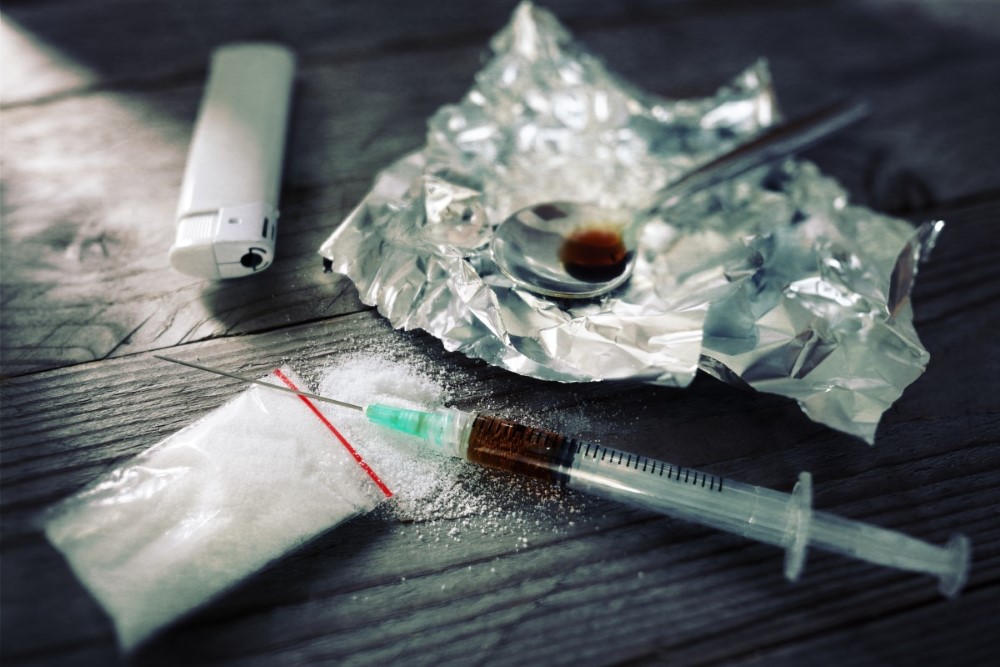Understanding why cravings are so powerful starts with the brain. Addiction alters your brain’s chemistry, particularly in areas related to reward and pleasure. Substances like drugs and alcohol trigger a surge of dopamine, a neurotransmitter associated with pleasure and reward. Over time, your brain becomes wired to seek out these substances to recreate that dopamine high, leading to intense cravings.
The Role of Memory in Addiction
Your brain not only craves the substance but also the experiences and environments associated with its use. This is because addiction affects the hippocampus, the part of your brain responsible for memory. These memories can trigger cravings, making them feel irresistible. It explains why certain places, people, or even emotions can suddenly make the urge to use feel overwhelming.
Stress and Its Impact on Cravings
Stress is a significant factor in the persistence and intensity of cravings. The brain’s stress systems are closely linked to the reward systems. When you’re stressed, your brain may crave substances as a way to relieve that stress, creating a challenging cycle where stress and cravings fuel each other.
Genetic Factors Influencing Addiction
The debate on the role of genetics in addiction is ongoing. Research suggests that certain genetic factors may predispose individuals to addiction, affecting how their brain responds to substances. This area of study is crucial in understanding why some people develop intense cravings and addiction while others do not.
The Controversy of Choice in Addiction
A contentious topic in addiction is the concept of choice versus compulsion. Understanding cravings from a neurological perspective challenges the notion that addiction is merely a matter of choice. It brings to light the complex interplay of brain chemistry, environment, and genetics, offering a more compassionate understanding of addiction.
- Understanding Drug Cravings: A Neurobiological Perspective: Drug cravings have a neurobiological basis rooted in the sensitization of dopamine systems. This process, governed by associative learning, attributes excessive incentive salience to drug-taking acts and associated stimuli. Unraveling this neurobiological foundation provides insights into the compelling nature of drug cravings.
- The Neurological Underpinnings of Addiction Unveiled: In the realm of addiction, the neurological explanation goes beyond a simple surge of pleasure. Drugs like opioids, cocaine, or nicotine flood the reward pathway with dopamine, exceeding natural reward levels by tenfold. This surge creates a lasting association in the brain, linking the intense dopamine release to the addictive substance, unraveling the neuroscience behind addiction’s grip.
- Decoding the Neuroscience of Irresistible Drug Cravings: The neuroscience of drug cravings delves into the compulsive drug-taking behavior, revealing increased dynorphin levels in key brain regions like the nucleus accumbens and amygdala. This surge contributes to a dysphoric-like state. The intricate dance of dynorphin and dopamine forms a negative feedback loop, ultimately dampening dopamine production, while kappa opioid agonists further decrease dopamine levels in the nucleus accumbens. Understanding this intricate process sheds light on the seemingly unstoppable nature of addiction.
- Cravings Unveiled: The Neuroscience Behind Addiction’s Tenacity: Explore the neurological intricacies of addiction, uncovering why cravings are not only powerful but also persistently challenging to overcome. This article delves into the dynamics of dopamine sensitization, associative learning, and the flood of dopamine in the reward pathway, offering a comprehensive understanding of why addiction feels unstoppable.
- Cracking the Code: The Neurological Puzzle of Persistent Cravings: Delve into the neurological puzzle of addiction cravings, where compulsive drug taking intertwines with elevated dynorphin levels. This article unravels the dynamics of dynorphin’s impact on dopamine production and the role of kappa opioid agonists, providing a comprehensive view of the neuroscience behind the seemingly unstoppable force of addiction.
Neuroplasticity and Its Role in Addiction Recovery
Neuroplasticity, the brain’s ability to reorganize and adapt, is a key factor in addiction recovery. The debate centers around how much neuroplasticity can be leveraged to ‘rewire’ the brain away from addictive behaviors. Some argue that with the right interventions, significant rewiring is possible, offering hope for lasting recovery. Others caution about the limitations, emphasizing the chronic nature of addiction.
The Influence of Early Life Experiences on Addiction
Early life experiences, particularly trauma or stress, can significantly influence the development of addictive behaviors. The contentious issue here is the extent to which these experiences shape brain chemistry and cravings. Some experts emphasize the critical role of early interventions, while others debate the resilience of the brain and the possibility of overcoming these early influences in adulthood.
The Ethics of Using Medication to Control Cravings
The use of medication in managing cravings is a hotly debated topic. While medications like methadone or buprenorphine can be effective in reducing cravings, questions arise about replacing one addiction with another. The ethical considerations of this approach, including concerns about dependency and the long-term impact on brain chemistry, are at the forefront of this debate.
The Role of Personal Responsibility in Managing Cravings
The concept of personal responsibility in managing cravings and addiction recovery is contentious. While understanding the neuroscience behind cravings can foster empathy, it raises questions about the individual’s role in recovery. This debate delves into how much control one has over their cravings and the extent to which personal choice plays a role in overcoming addiction.
Digital Addictions and the Brain
With the rise of digital technology, questions about how screen time and digital interactions affect cravings and addictive behaviors are emerging. This topic explores how digital addictions may influence brain chemistry in ways similar to substance abuse, including the potential for digital stimuli to trigger cravings and addictive patterns. The debate extends to how modern lifestyles and constant digital connectivity might be reshaping our brains’ reward systems.
Embark on a journey into the intricate world of addiction neuroscience with me. Every insight shared in “The Neuroscience of Cravings: Why Addiction Feels Unstoppable” is meticulously grounded in the latest data points, studies, and scientific facts. From the sensitization of dopamine systems, intricacies of associative learning, to the flood of dopamine in the reward pathway, each revelation is backed by rigorous research. This article isn’t just a collection of words; it’s a carefully curated exploration of the neurobiological underpinnings of cravings. I invite you to engage further with this compelling topic. Share your thoughts, questions, or personal experiences in the comments below. Together, let’s deepen our understanding of the complexities surrounding addiction and cravings, fostering a dialogue that bridges the gap between scientific insights and personal perspectives.




